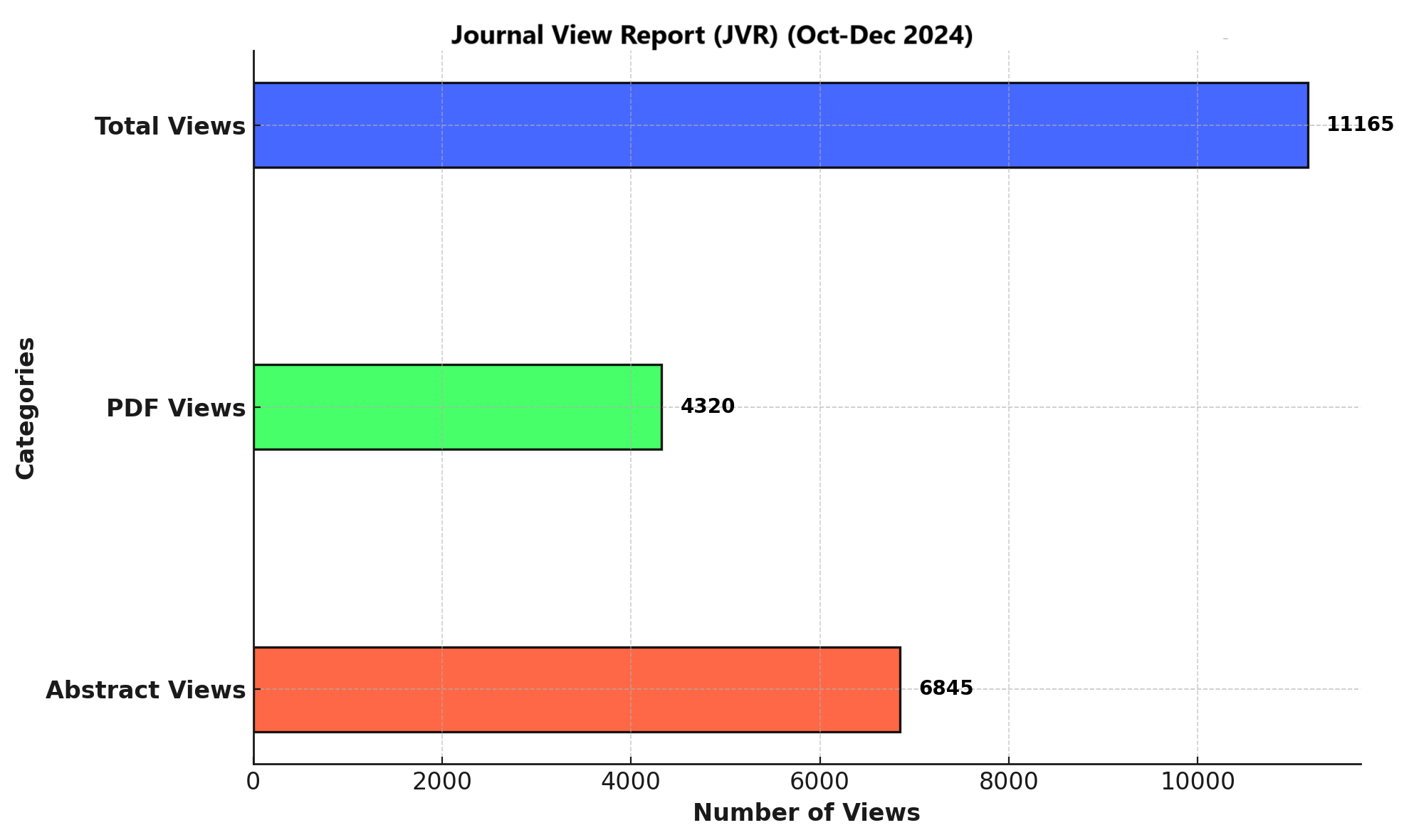Transurethral Resection of Prostate: A Continuing Battle of Irrigating Fluids
DOI:
https://doi.org/10.71000/ijhr56Keywords:
Benign prostatic hyperplasia, Glucose 5%, Glycine 1.5%, Normal saline 0.9%, Transurethral resection of the prostate, Transurethral resection syndrome, TURPAbstract
Background: Transurethral resection (TUR) syndrome is a complication arising from the excessive absorption of irrigating fluid during endoscopic transurethral resection of the prostate (TURP), leading to central nervous system changes, and circulatory and electrolyte imbalances. This study compares the effects of using glycine 1.5%, glucose 5%, and normal saline 0.9% as irrigating solutions in TURP.
Objective: To determine the efficacy and safety of glycine 1.5%, glucose 5%, and normal saline 0.9% as irrigating solutions in reducing perioperative morbidity and TUR syndrome incidence in patients undergoing TURP.
Methods: In this prospective, randomized controlled trial, 360 patients with moderate to severe bladder outlet obstruction from benign prostatic hyperplasia were divided into three groups: glycine (120), glucose (120), and saline (120), using respective irrigating solutions. Parameters such as operation time, hospital stay, and perioperative complications were recorded.
Results: The glycine group exhibited a higher incidence of TUR syndrome, with three cases noted. No cases were observed in the saline group, while two occurred in the glucose group. Postoperative hyperglycemia was recorded in the glucose group (170 ± 35.9 mg/dl), along with hypokalemia (3.67 ± 0.92 mmol/l). A slight increase in serum sodium (142.6 ± 12.6 mmol/l) was observed in the saline group.
Conclusion: TURP using glucose 5% or saline 0.9% as irrigating solutions is associated with lower perioperative morbidity, reduced catheterization duration, shorter hospital stays, and an absence of cardiac toxicity compared to the use of glycine 1.5%.
Downloads
Published
Issue
Section
License
Copyright (c) 2024 Iqbal Shahzad, Khadim Hussain Awan , Muhammad Ali Yousuf, Mumtaz Manzoor, Ghulam Mustafa Pathan, Santosh Kumar (Author)

This work is licensed under a Creative Commons Attribution-NonCommercial-NoDerivatives 4.0 International License.







